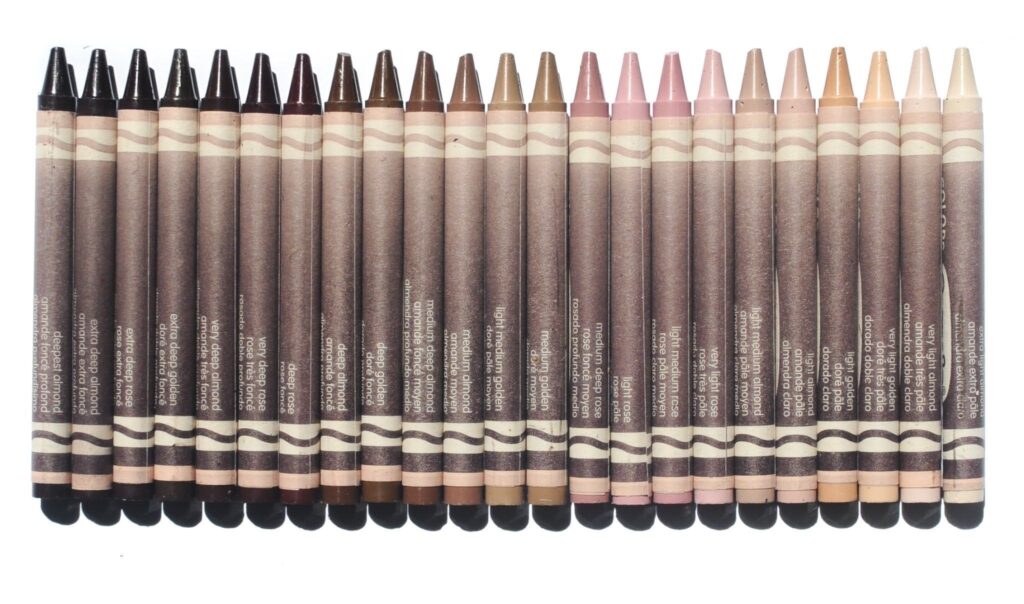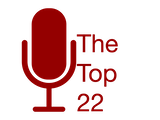After decades of little progress, the conversation about Diversity and Inclusion has returned. Ideas are on the table, but we need to avoid common pitfalls…
By Paul Marszalek
TheTop22.com
 #2) Diversity
#2) Diversity
Some 15 years ago, I walked into one of my first public radio conferences. Looking around, I said to a colleague, “Are you sure we didn’t walk into the Icelandic Radio Conference?”
Coming from commercial radio and television, I was shocked at what had to be a 98% white gathering. It was weird – this highly educated crowd should know better, I thought.
A few of years prior, at VH1, whenever our department was required to send a representative to MTV Networks-wide committees, my boss always sent me.
I was the one sent to meet with the religious representatives and asked to pray with them for better programming for our youth. I was the one sent to the “First Choice Committee” charged with finding out why MTV Networks and Viacom were having trouble recruiting the best. And I was the one sent to represent our team on the Diversity Committee.
Being sent to these committees was pure hazing on the part of my boss. But it turns out, I kind of liked it, and I’m better for it.
I loved sparring with the religious guys, telling them we’d clean up our act if they concentrated on what I called “the real porn” of violent, gun-loving, and slasher flicks. We ended up friends, going to Rangers games when they were in town.
In the First Choice Committee meetings, we learned that some creators were avoiding MTVN because, “they’ll let you work there, but you’re never going to be part of the club.” It was a reference to a corporate culture where the founding fathers and mothers of the company operated in a rarefied air and rarely connected with those on the lower rungs. (Notable Exception: Tom Freston – he really made the rounds. They eventually blew him out because he basically refused to buy MySpace. True story!)
And then there was the Diversity Committee, ultimately the most interesting of all.
VH1 was in the ratings dumper at the time with a very small audience that was about 95% white, when the overall national population was about 82% white. We noted that a number of hit TV shows at the time had diverse casts — NYPD Blue, E.R., The Wire, Friends. Were there any ideas we could steal? About the same time, I found myself on the 20th floor witnessing the Behind the Music team pitch the idea of The Biggie Smalls Story to a room full of VPs, SVPs, EVPs, and then-president John Sykes.
I watched in amazement as many argued against the idea because “it isn’t VH1.” Sykes knew better and green-lit it. It was the highest rated show on the channel in years, and VH1 was on its way to a new look and feel.
With these experiences, as well as those I had managing radio in San Francisco, I felt pretty good about myself in terms of understanding of, and appreciation for, Diversity. I saw myself as an ally.
That assessment changed after the murder of George Floyd and the rebirth of conversation about racial equality and justice. In the nearly two decades since my work at VH1, an entire new generation had grown up, and not only was there little change, things were actually worse in some cases.
Sensing that my understanding of Diversity was insufficient, I did the work, earning a certificate in Diversity and Inclusion from Cornell.
Among the many, many takeaways from the coursework was the distinction between Diversity and Inclusion. They are not synonyms. They are related, but separate concepts. Without the latter, the former has much less impact.
This is the primary challenge today for most managers as we collectively try to right the ship.
Sony Music, Concord Music Group, and Sub Pop, for example, are teaming with Historically Black Colleges and Universities to increase the talent pool with the HBCU Music Business Pipeline. The American Association of Independent Music has created “The Black Independent Music Accelerator.” The Corporation for Public Broadcasting is supporting an “Urban Alternative” initiative. There are more.
These initiatives are a fantastic start, but they will only be meaningful if our industries avoid the trap of Diversity without Inclusion.
Here’s an example: Goldman Sachs announced that it would not take companies public unless they have at least one “diverse person” on their executive board. Could be a good thing, but it’s also a bit hollow because it attempts to tidy up surface bias (color, ethnicity, possibly LGBTQ) with a simple box-checking exercise that the established can feel good about.
A lot of Diversity initiatives end up as exercises in box-checking. Look around the building, add some color, and declare “mission accomplished.” That’s not fixing the problem. It’s not even a Band-Aid.
As managers, we cannot repeat the mistake of MTV Networks 20 years ago where “they’ll let you work there, but you’re never going to be part of the club.”
 -The Top 22 – Triple A, Indie, Alternative Rock
-The Top 22 – Triple A, Indie, Alternative Rock

